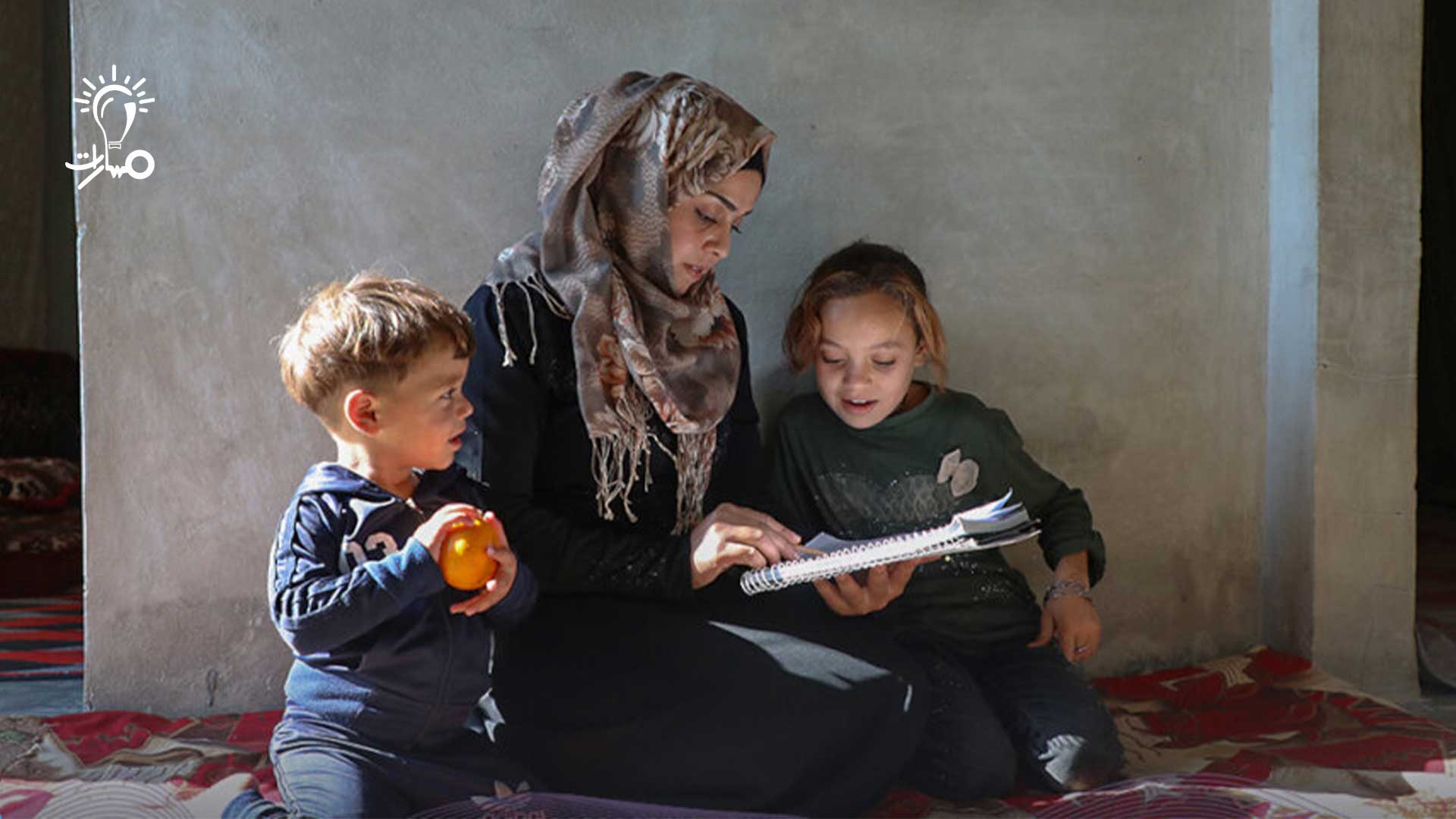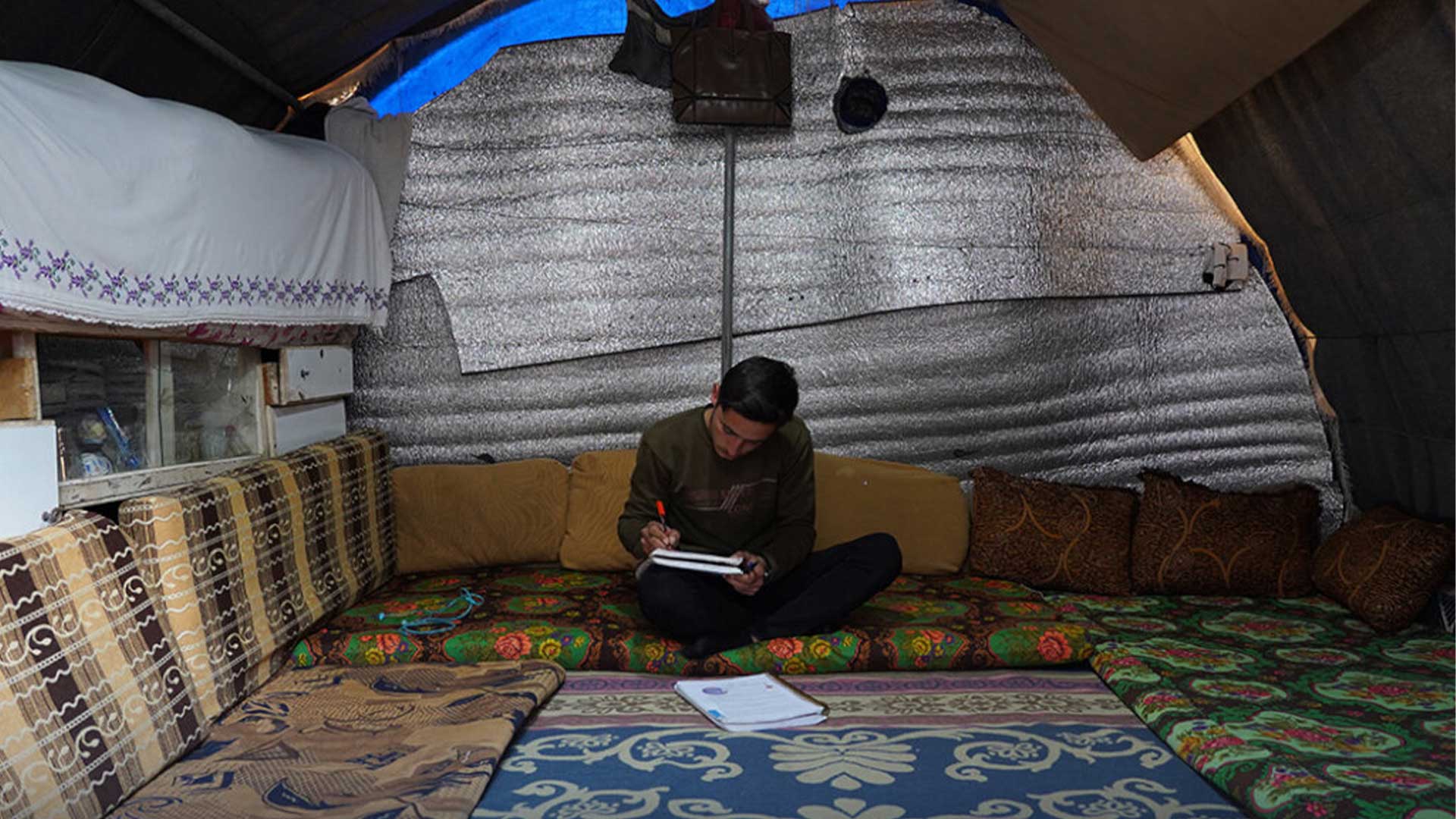In 1983, American psychologist Howard Gardner introduced a revolutionary theory in the field of intelligence, expanding our understanding beyond the linguistic and logical abilities measured by traditional IQ tests.
In our article, we shed light on the theory of multiple intelligences and its seven types in detail, exploring the testing of multiple intelligences according to Gardner and their objectives and applications.
Multiple Intelligences Theory
The theory of multiple intelligences, developed by psychologist Howard Gardner, was first introduced in his book “Frames of Mind” in 1983. This theory proposes a comprehensive and expanded concept of intelligence that goes beyond the traditional focus primarily on linguistic and logical-mathematical intelligence.
According to Gardner’s theory, intelligence is not a single entity that can be easily measured using traditional IQ tests; instead, it is a collection of different abilities, skills, and talents that vary from person to person.
The Seven Types of Intelligence
These seven intelligences reflect the diverse ways individuals can learn, think, and solve problems.
Linguistic (Verbal) Intelligence
This type of intelligence is characterized by a high ability to use language, whether orally or in writing. People with high linguistic intelligence excel in expressing themselves and have skills in persuading and influencing others. This includes lawyers, orators, poets, and writers.
Logical-Mathematical Intelligence
Refers to the ability to think logically, use numbers effectively, and solve logical and mathematical problems. Individuals with logical-mathematical intelligence are skilled at deducing patterns, analyzing complex issues, and often find joy in puzzles and strategic games.
Visual-Spatial Intelligence
Related to the ability to think and visualize spatially, imagine layouts and shapes in the mind. People with this type of intelligence may be architects, artists, or designers, as they can easily manipulate spaces and images in their imagination.
Bodily-Kinesthetic Intelligence
Includes the ability to use the body in complex and precise ways, such as athletes, dancers, or surgeons. These individuals have high hand-eye coordination and the ability to use their bodies to solve problems or produce work.
Musical-Rhythmic Intelligence
Expresses the ability to recognize musical patterns, tones, and rhythms. People with musical intelligence have a high sensitivity to music and can be musicians, composers, or conductors.
Personal self-intelligence
Intrapersonal Intelligence Reflects the ability to understand oneself and manage one’s emotions and self-motivation. Individuals with high intrapersonal intelligence understand their strengths and weaknesses and have a clear vision of their personal goals.
Social Intelligence
It is about the ability to understand others and interact with them effectively. This type of intelligence includes the ability to empathize and communicate, and people with social intelligence have high skills in human relations and social communication.
Howard Gardner’s Multiple Intelligence Test
Multiple Intelligences Testing The multiple intelligences test, based on Howard Gardner’s theory, is an assessment tool used to identify an individual’s unique strengths and skills in various areas defined by Gardner. Instead of measuring intelligence with a single comprehensive IQ score, these tests evaluate a wide range of individual skills and inclinations, reflecting Gardner’s multidimensional view of intelligence.
Objectives of the Multiple Intelligences Test
Identifying strong intelligences: Helps to identify an individual’s strong intelligences, such as linguistic, logical-mathematical, visual-spatial, and others.
Customized education: Useful in designing personalized educational and learning strategies that match individual capabilities, enhancing learning effectiveness.
Self-development: Assists individuals in better understanding their inclinations and skills, enabling them to develop these intelligences more effectively.
Career guidance: Provides valuable information that may assist in making decisions regarding career and educational paths.
How the Test Works
Multiple intelligences testing usually involves a series of questions and tasks that measure abilities in each of Gardner’s eight identified intelligences. These questions may include self-assessments, objective questions, and practical activities reflecting a variety of skills and preferences.
Test Applications
In education: Used by educators to understand the diversity in student capabilities and design educational activities that leverage their strong intelligences.
Personal development: Used by individuals to explore their unique talents and work on improving their multiple intelligences.
Career guidance: Helps in identifying careers that might suit an individual’s abilities.
Howard Gardner’s theory of multiple intelligences offers a comprehensive view of human intelligence, acknowledging the diversity and complexity of our capabilities. This theory emphasizes the importance of valuing all types of intelligence and providing educational environments that embrace this diversity, allowing each individual to achieve their full potential. In an increasingly complex world, understanding and appreciating the theory of multiple intelligences is more important than ever, not just in education but in all aspects of our personal and professional lives.
Author: Mr. Saleem Al-Hamid, Arabic language teacher at Masarat Initiative








